[Our Museums] Explore cinematic treasures at Korean Film Museum
By Kim Hae-yeonPublished : Oct. 10, 2023 - 11:58
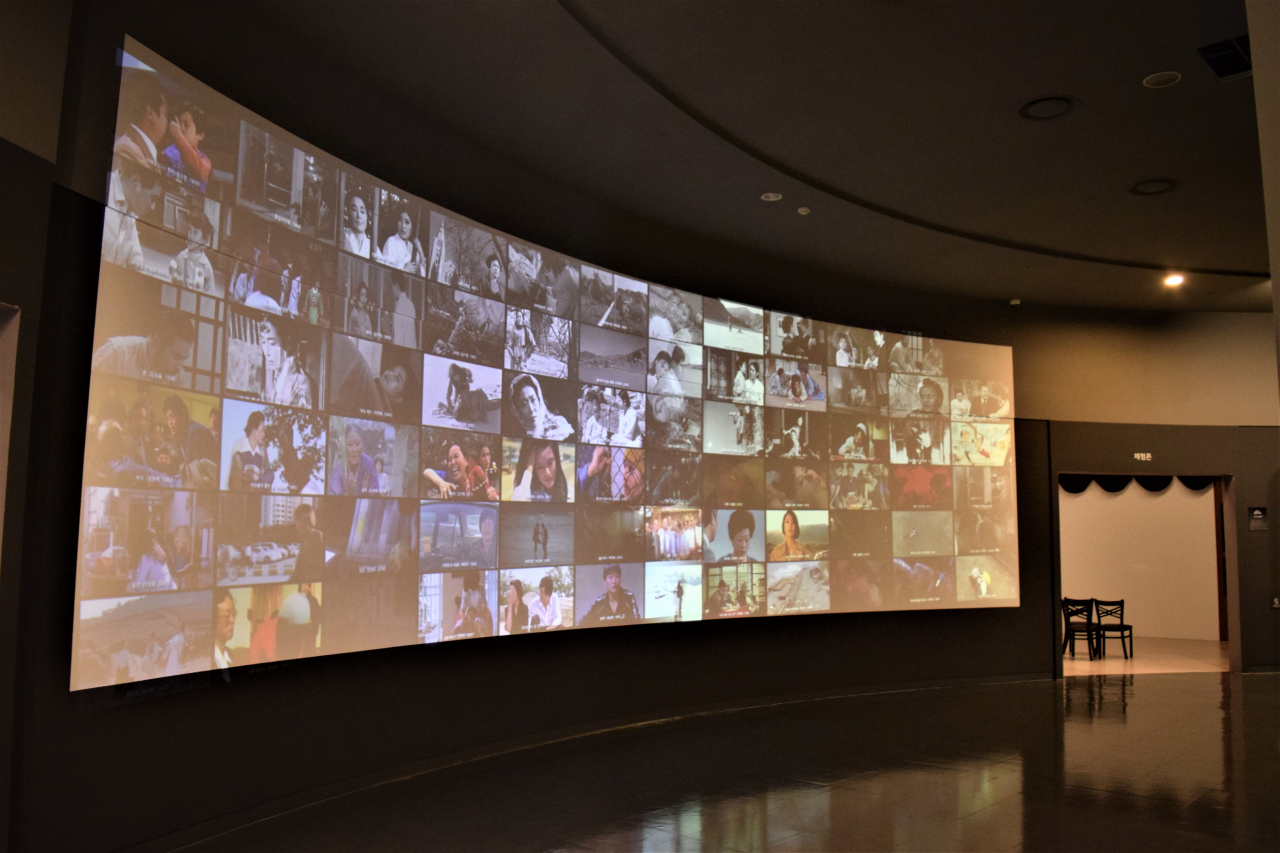
South Korea's film industry has garnered international acclaim for its unique storytelling, often achieved with only a fraction of a typical Hollywood film's budget.
The Korean Film Museum in Sangam-dong, northern Seoul, offers a sweeping overview of Korea's cinematic history and a comprehensive exploration of Korean filmmaking.
While the permanent exhibition provides a comprehensive overview of Korean film history and a concise background of the early days of cinema, the special exhibitions -- that change at least twice a year -- revolve around the latest Korean films.
The current special exhibition, titled "Production Design: Scene Architects Build On-Screen Worlds," delves into the role and function of production design in filmmaking.
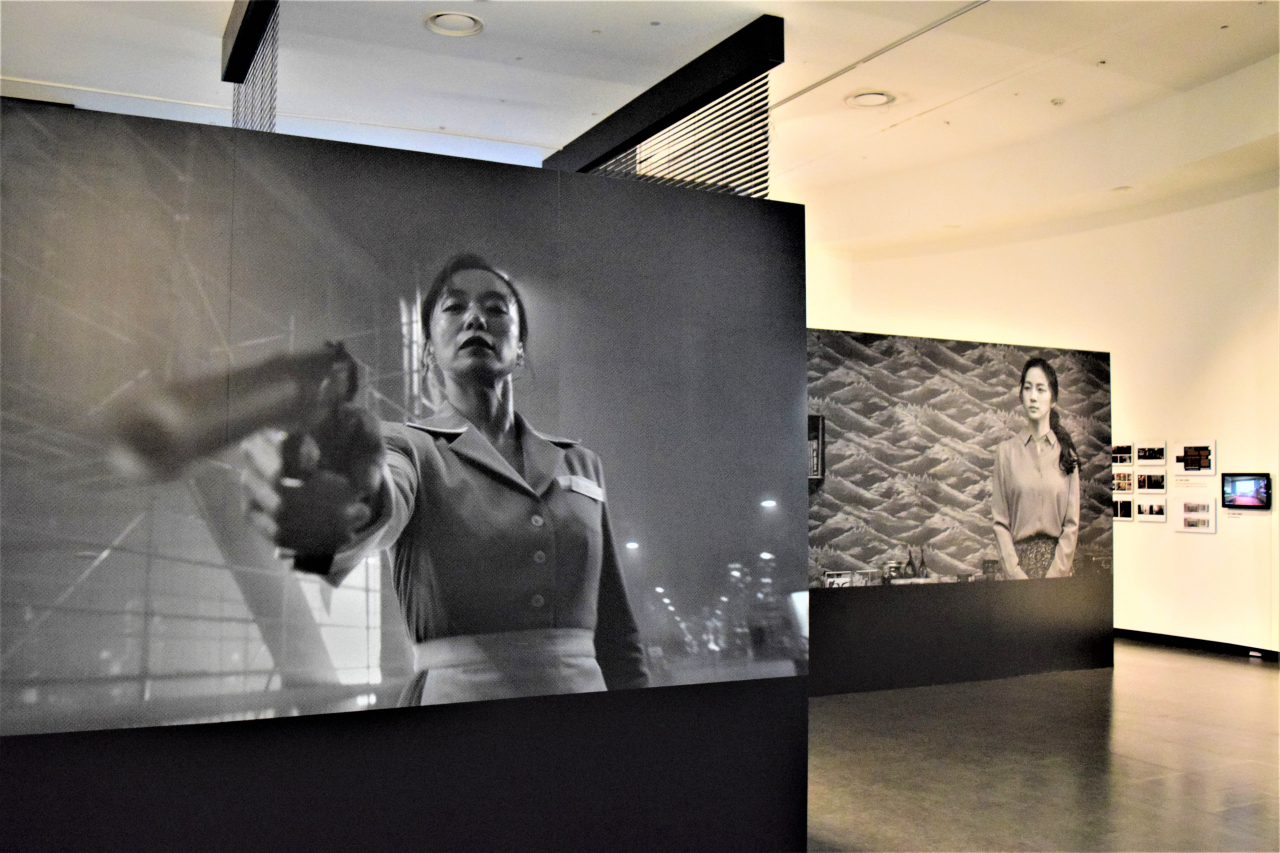
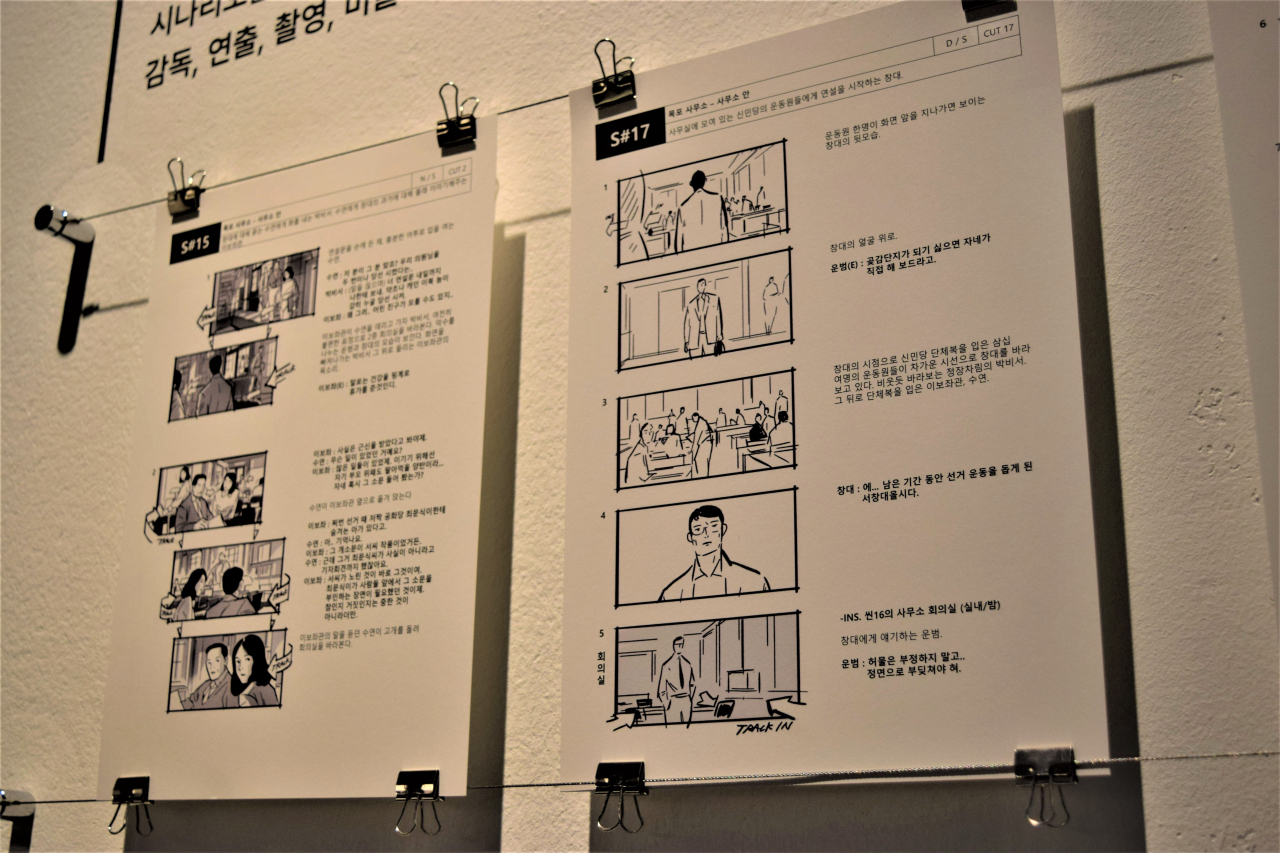
Production design is the art of translating a film's story into a visual language by interpreting visual elements from the original scenario and overseeing the overall visual aesthetic of the film.
Until the early 1990s, visual components, including sets and props, were handled by the directing departments. "The Blue in Your" (1992) was the first film to employ a system of art direction, which became standard practice by the late 1990s.
The exhibition focuses on recent works by three well-known production designers of today: Ryu Sung-hee, Cho Hwa-sung and Han Ah-reum. Ryu's notable design works include "Decision to Leave" (2022) and "The Handmaiden" (2016), while Cho worked on "Hansan: Rising Dragon" (2022) and "Noryang: Sea of Death," part of the Yi Sun-sin trilogy, with the final film soon to hit theaters on December. Han's designs can be seen in "Kingmaker" (2022) and "Kill Boksoon" (2023).
By utilizing tablet devices that show plans of film sets and storyboard sketches, as well as detailed models of the film sets on display, visitors can grasp how a film, starting from mere words, becomes moving images -- whether it be a drama or an action-packed war movie. As each work is visually stunning in its own right, visitors can experience an additional dimension of cinematic aesthetics.
The special exhibition runs through Nov. 17.
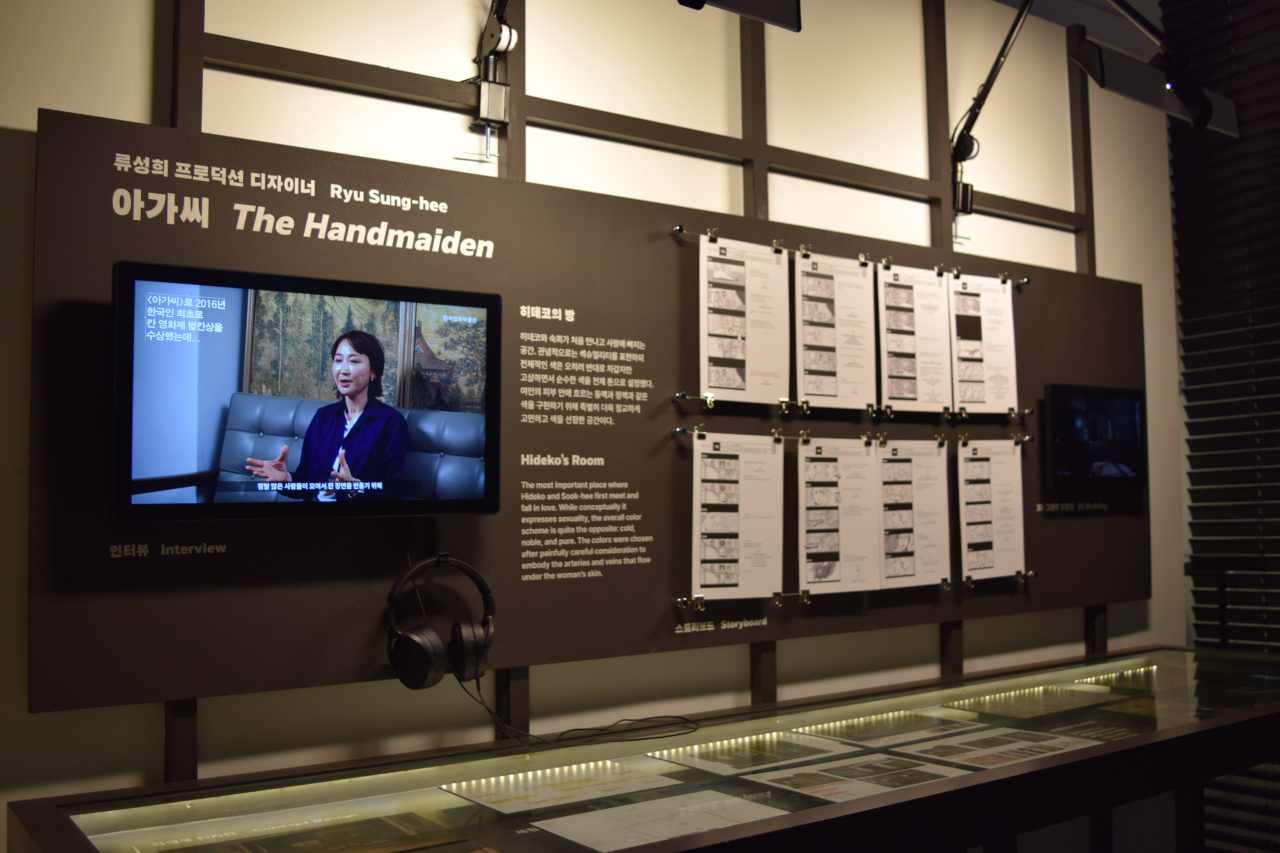
Meanwhile, the permanent exhibition starts with how film was first introduced during the Joseon era by an American traveler and scholar named Elias Burton Holmes (1870–1958), who recorded scenes of Korea for several years starting in 1899.
Then, Korean film history spanning over a century, dating back to the first Korean film in 1919, is shown in a chronological order.
In addition to film clips, film cameras, scripts, storyboards, production diaries, film canisters, trophies, as well as costumes and props used on the sets of some of the most beloved Korean films are on display.
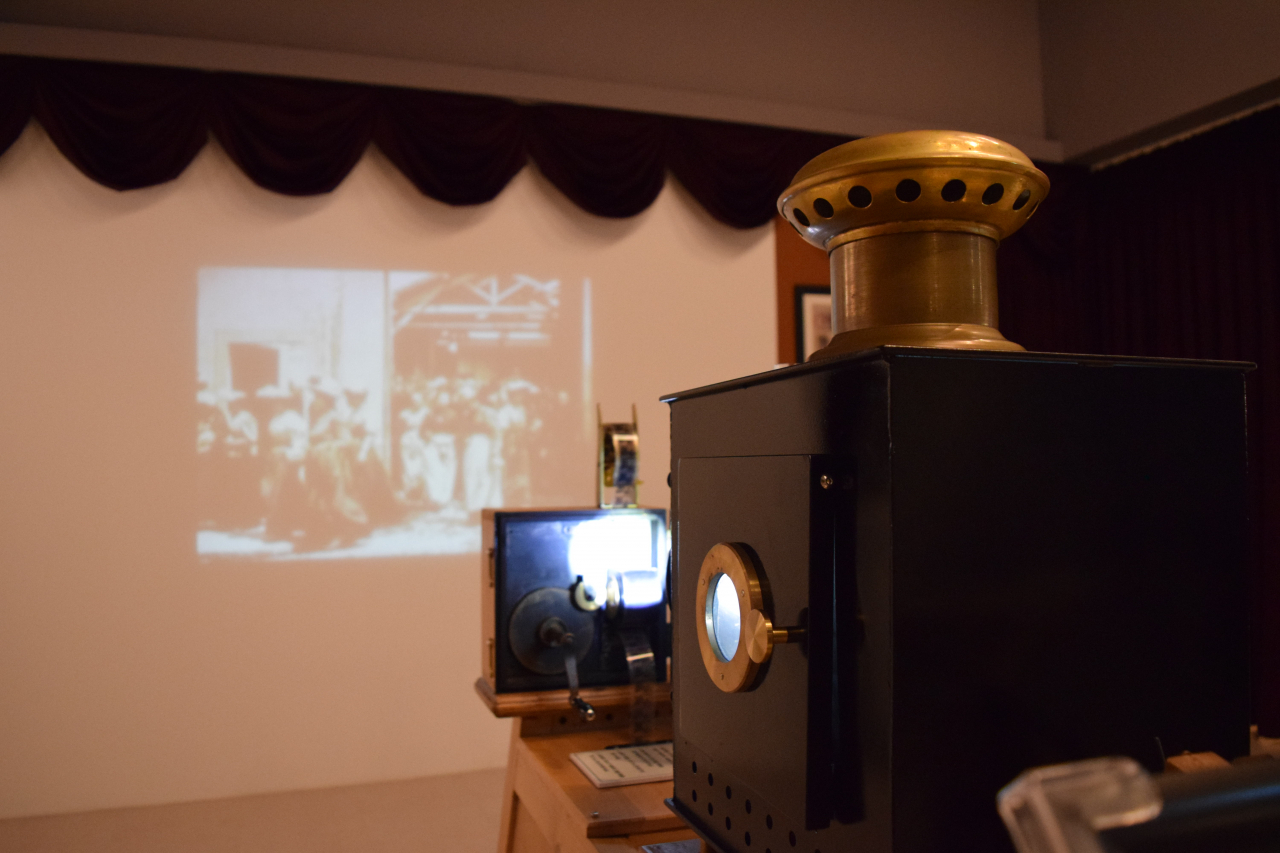
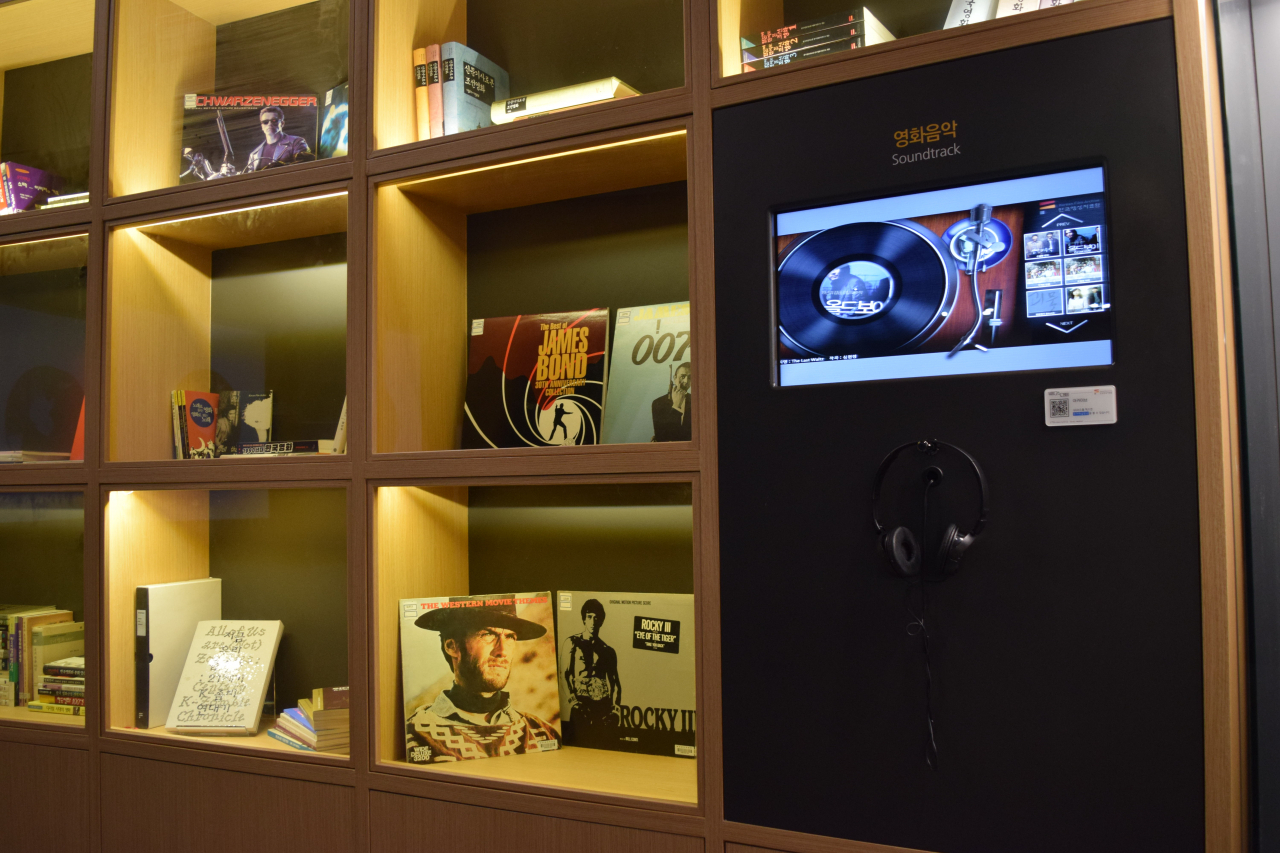
Another permanent exhibition titled "Invitation to Early Movies" depicts the early stages of development of the cinematic medium in the late 19th century.
Key figures including the Lumiere brothers and Thomas Edison, as well as Alice Guy Blache, considered the trailblazing first female filmmaker, and Georges Melies, the early pioneer of filmmaking techniques and narratives, are introduced with relevant photos and archival footage, shedding light on the evolution of movies and their engagement with the public.
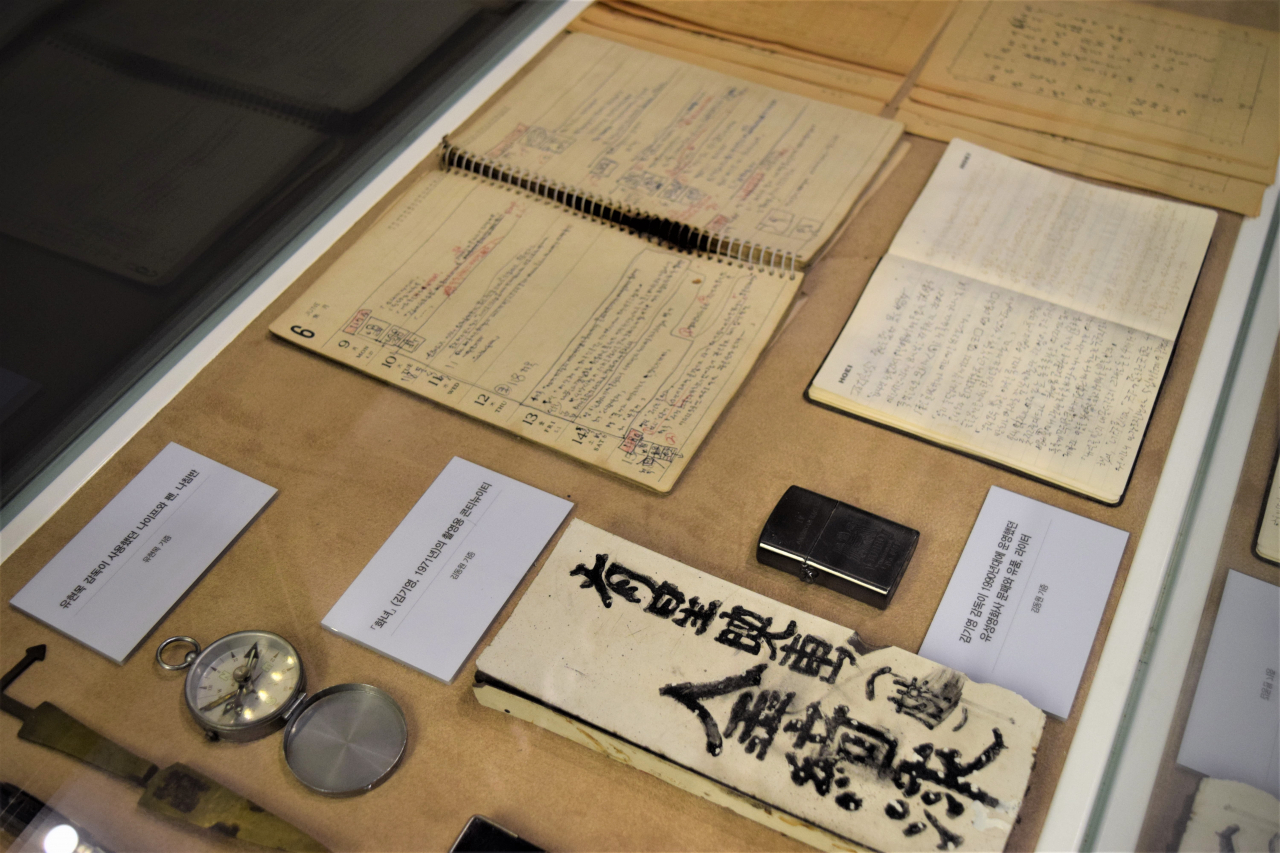
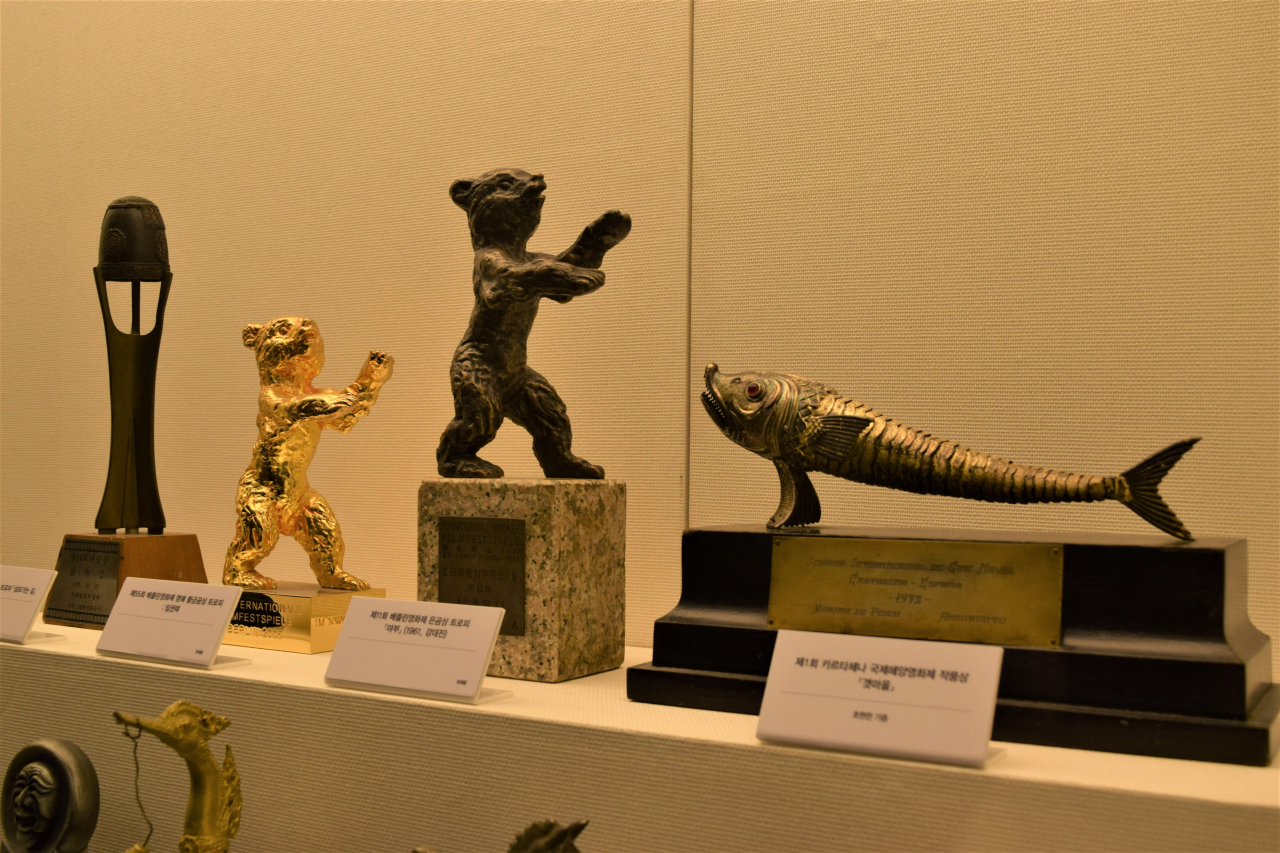
Visitors can use a replica of Edison's motion picture film projector, the Kinetoscope, to view 19th century films. In a small theater that can accommodate up to four people, visitors can operate a cinematography device to enjoy a selection of eight 40-second short films.
In the Georges Melies section, where his iconic "A Trip to the Moon (1902)" is presented, an experiential space allows the visitors to try producing colored films by applying color to them using a tablet device and projecting them onto a vast screen.
Admission is free. The museum is closed on Sundays and Mondays.
This is the fourth article in a series that introduces a variety of unique museums that focus on a diverse range of themes, from art and science to history and technology. — Ed.



















![[Today’s K-pop] Treasure to publish magazine for debut anniversary](http://res.heraldm.com/phpwas/restmb_idxmake.php?idx=642&simg=/content/image/2024/07/26/20240726050551_0.jpg&u=)